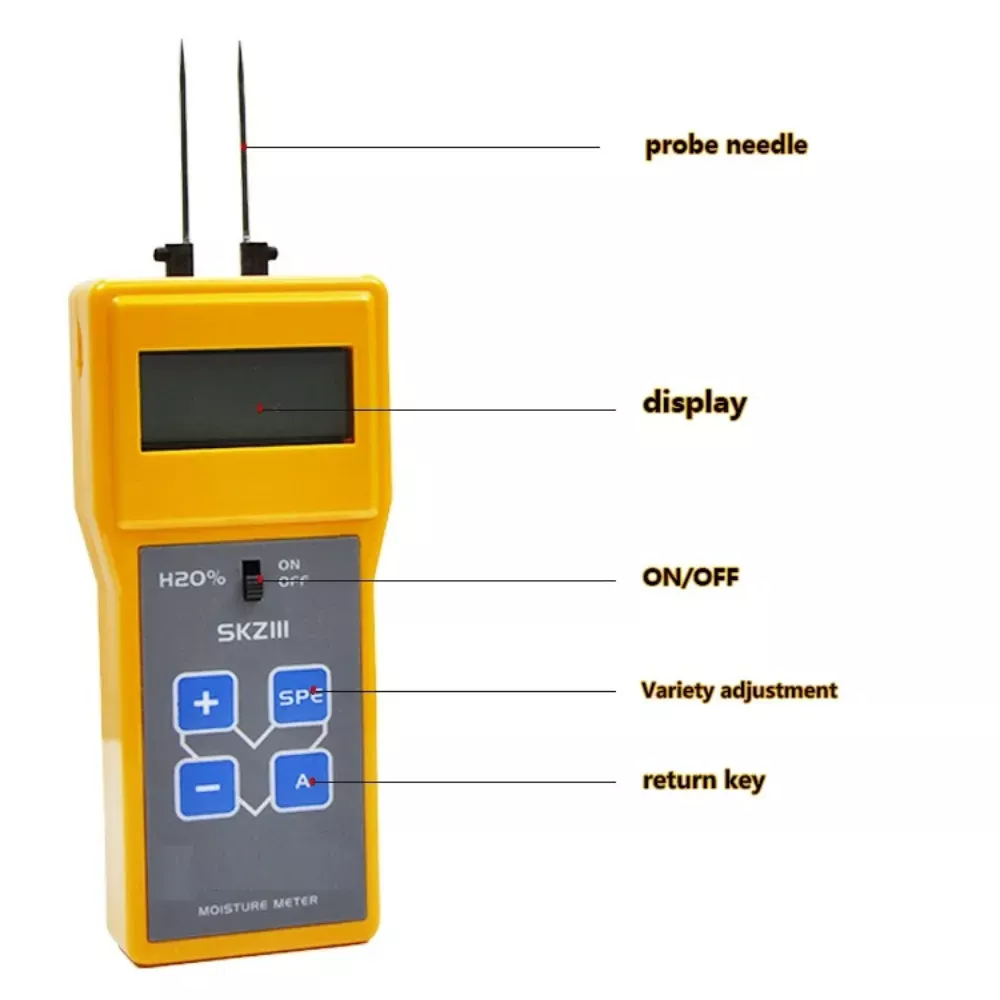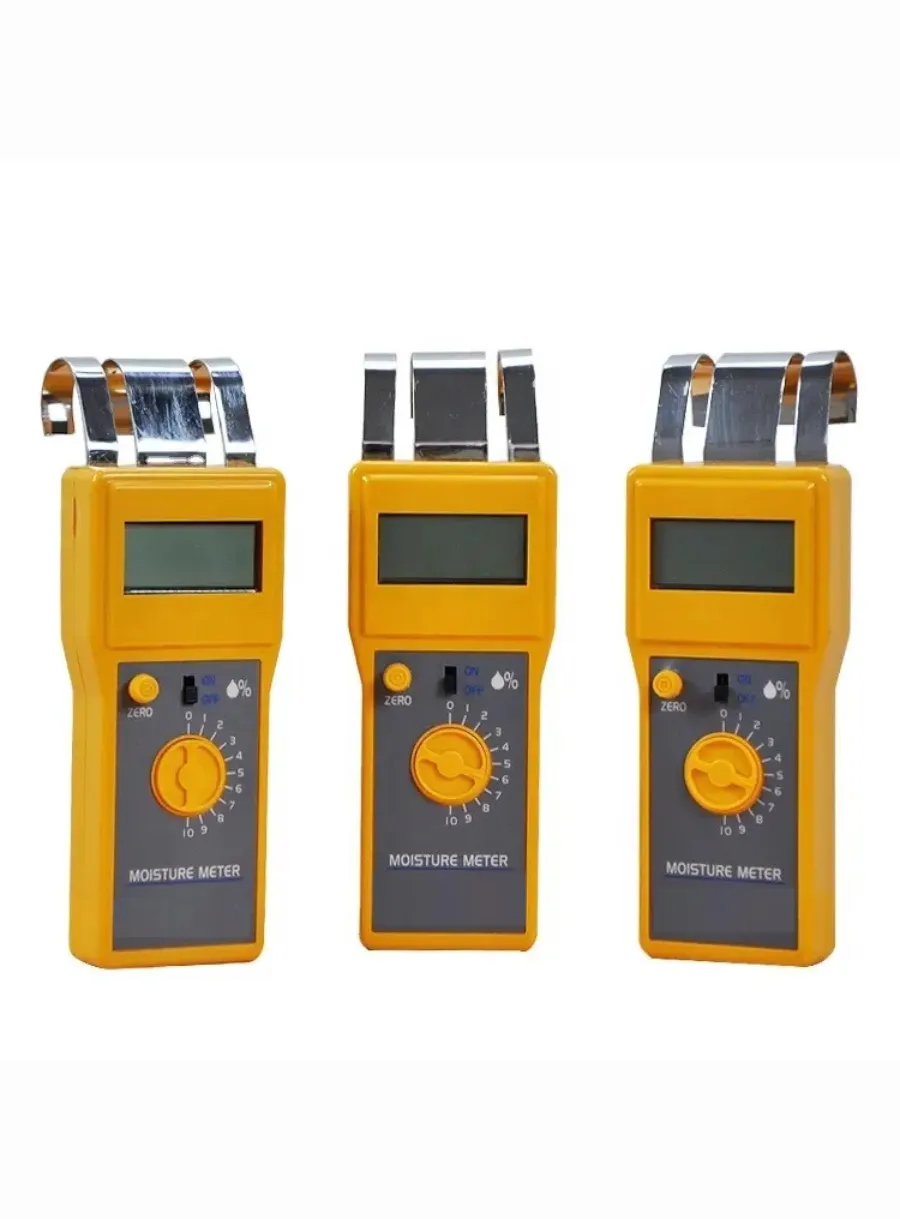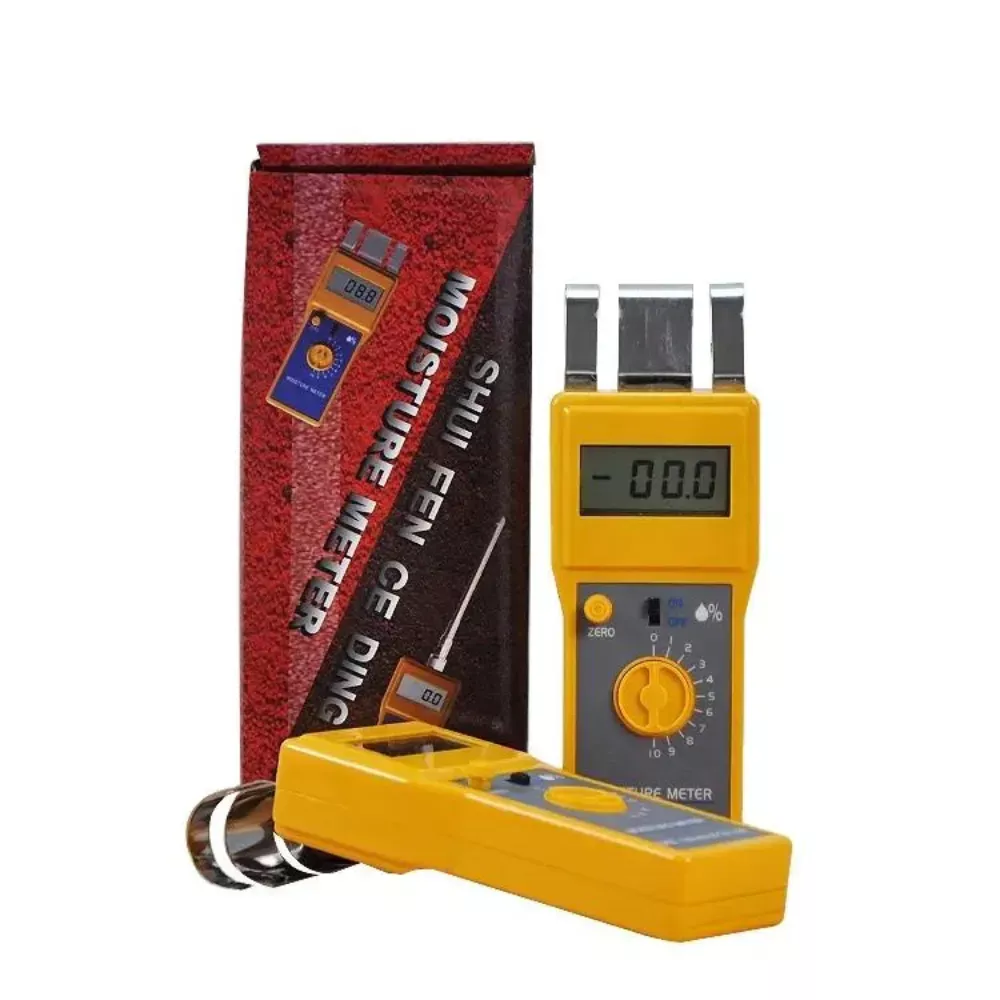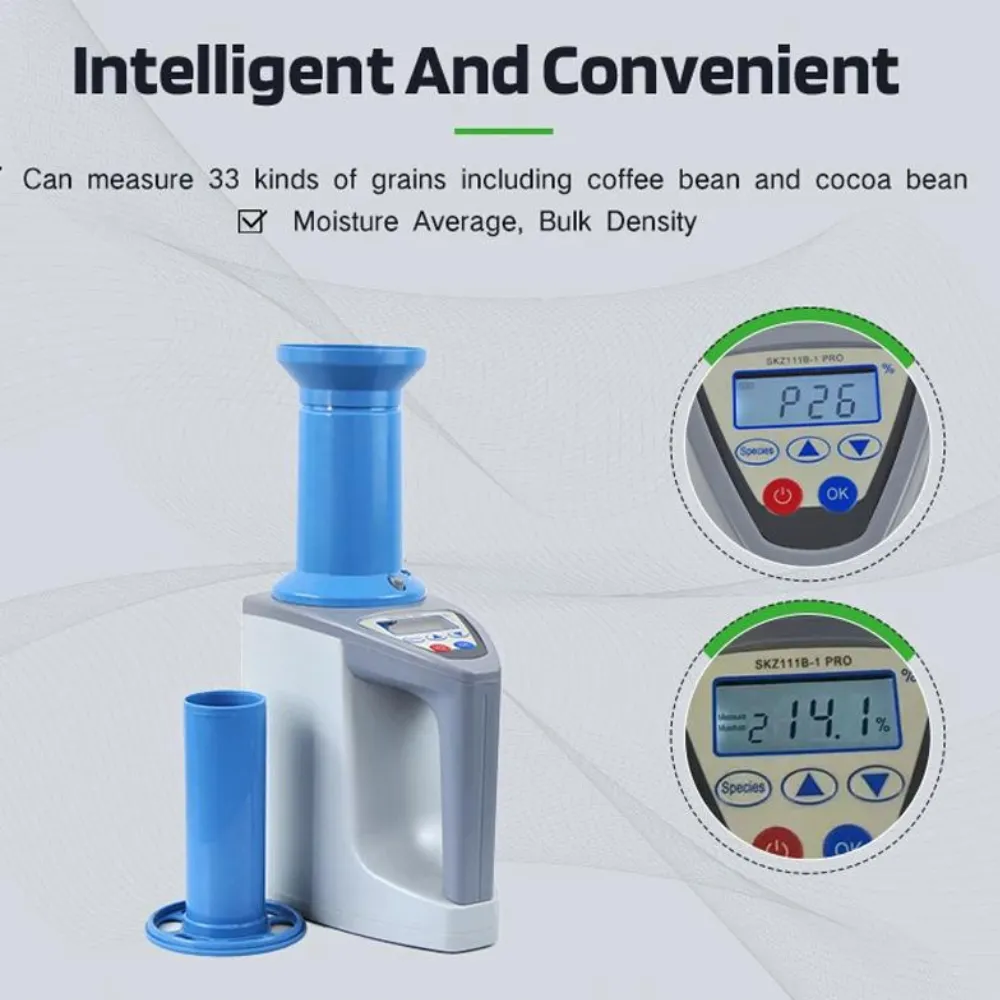
Understanding Cotton Moisture Meters
Table of Contents

The Importance of Moisture Monitoring in Cotton Production
Cotton, as a natural fiber, is susceptible to damage from excessive moisture. Therefore, it is crucial to monitor the moisture content in cotton throughout the growing season to ensure optimal quality and yield. Cotton moisture meters are essential tools for this purpose, providing accurate and reliable measurements of moisture levels in cotton bolls. In this article, we will explore the basics of cotton moisture meters, their importance in the cotton industry, and how they work.
Cotton moisture meters are devices designed to measure the moisture content in cotton bolls. They are typically handheld and portable, making them easy to use in the field. There are several types of cotton moisture meters available, including capacitive, infrared, and time-domain reflectometry (TDR) meters. Each type of meter has its own unique advantages and disadvantages, but all are effective in measuring moisture content in cotton.

The importance of cotton moisture meters cannot be overstated. Accurate moisture measurements are essential for making informed decisions about harvesting, ginning, and storage. Excessive moisture can lead to mold and mildew growth, reducing the quality and marketability of the cotton. On the other hand, cotton with too little moisture may be difficult to process and may result in lower yields. Therefore, cotton moisture meters play a critical role in ensuring that cotton is harvested and processed at the optimal moisture level.
Cotton moisture meters work by measuring the dielectric constant of the cotton bolls. The dielectric constant is a measure of how well a material can store an electric field. In the case of cotton, the dielectric constant is influenced by the moisture content of the bolls. As the moisture content increases, the dielectric constant also increases. Cotton moisture meters measure the dielectric constant and use this information to calculate the moisture content of the cotton bolls.
There are several factors that can affect the accuracy of cotton moisture meter readings. These include the age and condition of the meter, the type of cotton being measured, and environmental factors such as temperature and humidity. To ensure accurate measurements, it is important to calibrate the cotton moisture meter regularly and to use it in accordance with the manufacturer’s instructions.
In conclusion, cotton moisture meters are essential tools for monitoring the moisture content in cotton bolls. They play a critical role in ensuring that cotton is harvested and processed at the optimal moisture level, which is crucial for maintaining the quality and marketability of the cotton. By understanding how cotton moisture meters work and the factors that can affect their accuracy, growers can make informed decisions about when to harvest and process their cotton, ultimately leading to higher yields and better quality cotton.
Comments
Tags
Frequently Asked Question
The main types include capacitive, infrared, and time-domain reflectometry (TDR) meters, each with unique advantages for measuring cotton moisture content.
Accurate moisture measurement is crucial for optimal harvesting, ginning, and storage, preventing mold growth and ensuring proper processing and yield.
Cotton moisture meters measure the dielectric constant of cotton bolls, which is influenced by moisture content, to calculate the overall moisture level.
Factors affecting accuracy include the meter’s age and condition, cotton type, and environmental factors like temperature and humidity. Regular calibration is important for maintaining accuracy.


